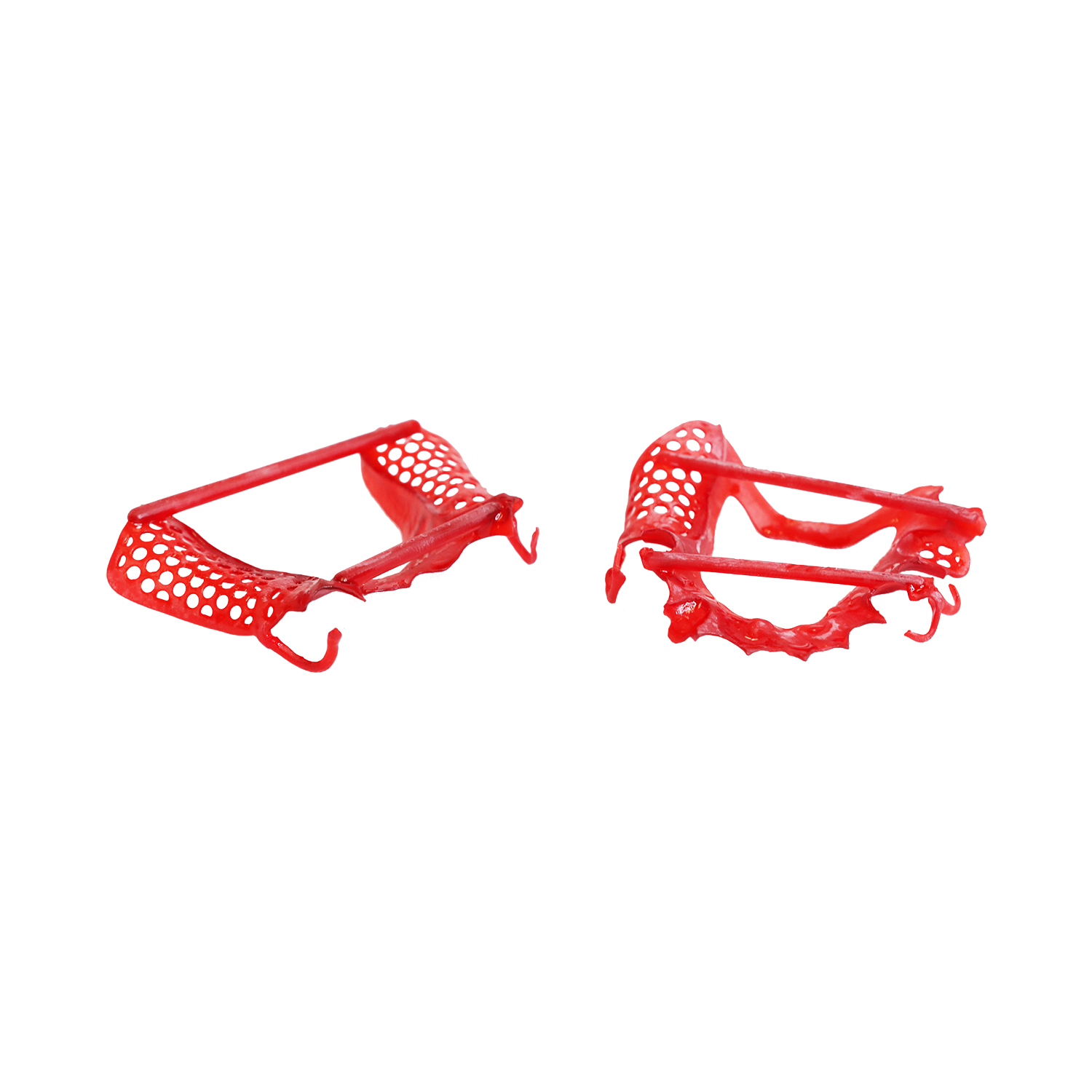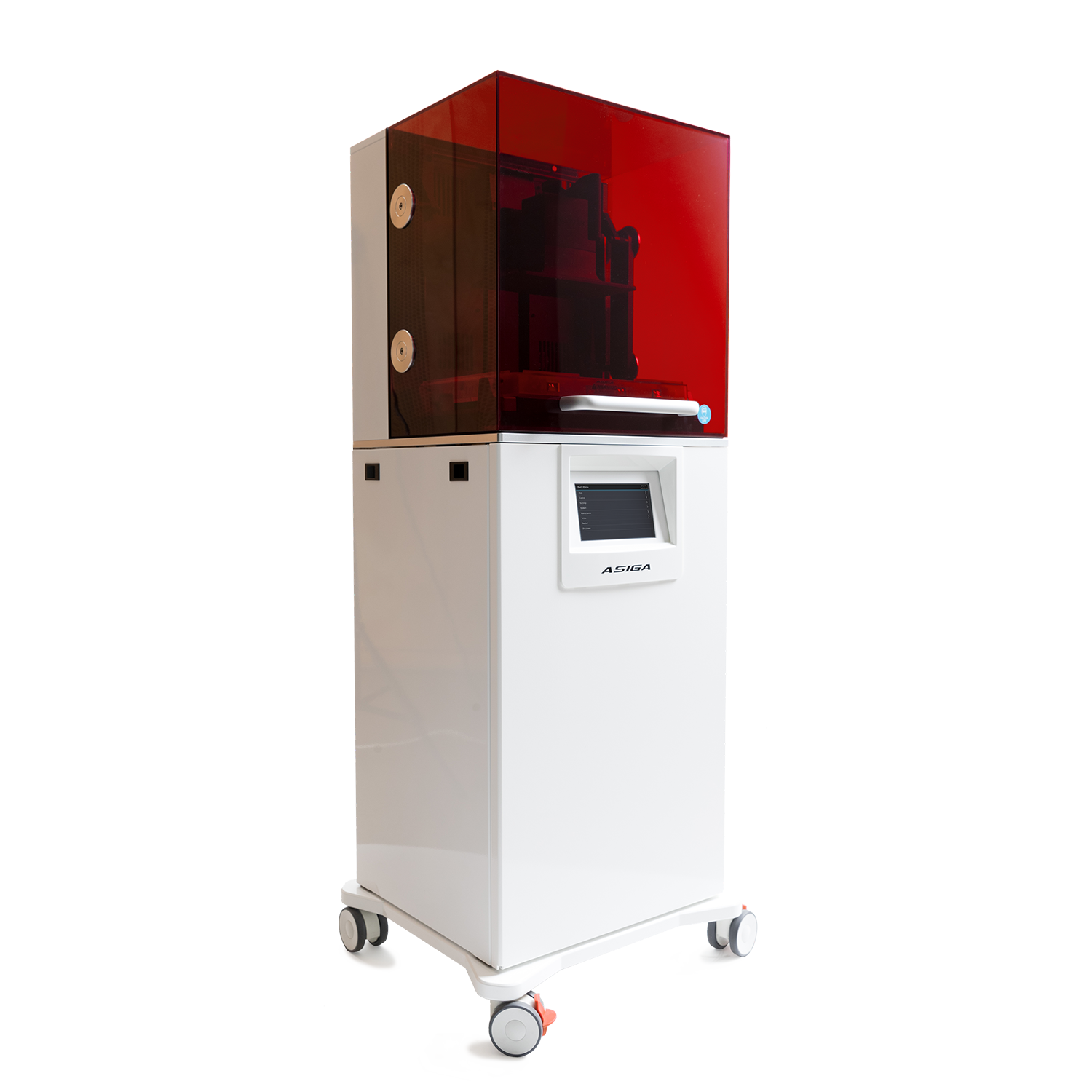As many of you know I have a passion for 3D printing. I truly believe that Scott Crump, the founder of Stratasys, was correct when he said 3D printing will be the next industrial revolution. When I was selling 3D printers in the commercial manufacturing industry, I worked with a large manufacturer of bicycles. They made bikes for children and had to present the prototype bicycles to Walmart, Target, Kmart etc. The caveat was that the bikes had to be slightly different for each retail organization. This meant they needed to develop the tooling to injection mold different accessories that may never actually be chosen by one of the retailers. By printing the prototype or printing the mold the manufacturer was able to save $100’s of thousands almost immediately. This is only one example of how 3D printing is changing the manufacturing industry and I think it has the ability to revolutionize the dental industry the same way.
I’m sure plenty of you heard the rumors in Chicago that there will be a printer out later this year that will be able to print the entire denture including the gingiva. While we may be this close to printing the final product, I am sure the first iteration of these printers will require a lot finishing work. The end game will be printing the final restoration with as little hands on time as possible.
In the meantime, I thought it would be fun to take a look at the research that is going on now with a couple of companies that could lead to 3D printing the final restoration.
Titanium Ceramic Composite Material
Z3Dlab is a French metal printing company that is currently working on a SLM machine that will print a titanium zirconia combination. The new material called ZTi-Powder is the world’s first titanium/ceramic composite material in 3D printing, and the company hopes to begin printing with it by 2016.
Antimicrobial Plastic
Dutch researchers at the University of Groningen are working on the creation of a3D-printed tooth made of an antimicrobial plasticthat kills the bacteria responsible for tooth decay on contact. Imagine a restoration that kills more than 99% of all bacteria.
BioPrinting
And last but not least researchers at Wake Forest University in North Carolina say they have created a 3D printer that can produce organs, tissues, and bones that could theoretically be implanted into living humans. Using some of the same methods we are using to print today these researchers are laying down layers of human cells. They have printed out an ear-shaped piece of cartilage, a muscle, and a piece of a jawbone. BioPrinting is truly ground breaking.
We may be a few years from printing the final restoration and even farther than that from printing a replacement jaw, but as the above research suggests we may be there sooner than we think.










.jpg)

Leave a comment